Home>Articles>When Setting Up A Step Ladder At Least Three Legs Must Be Level
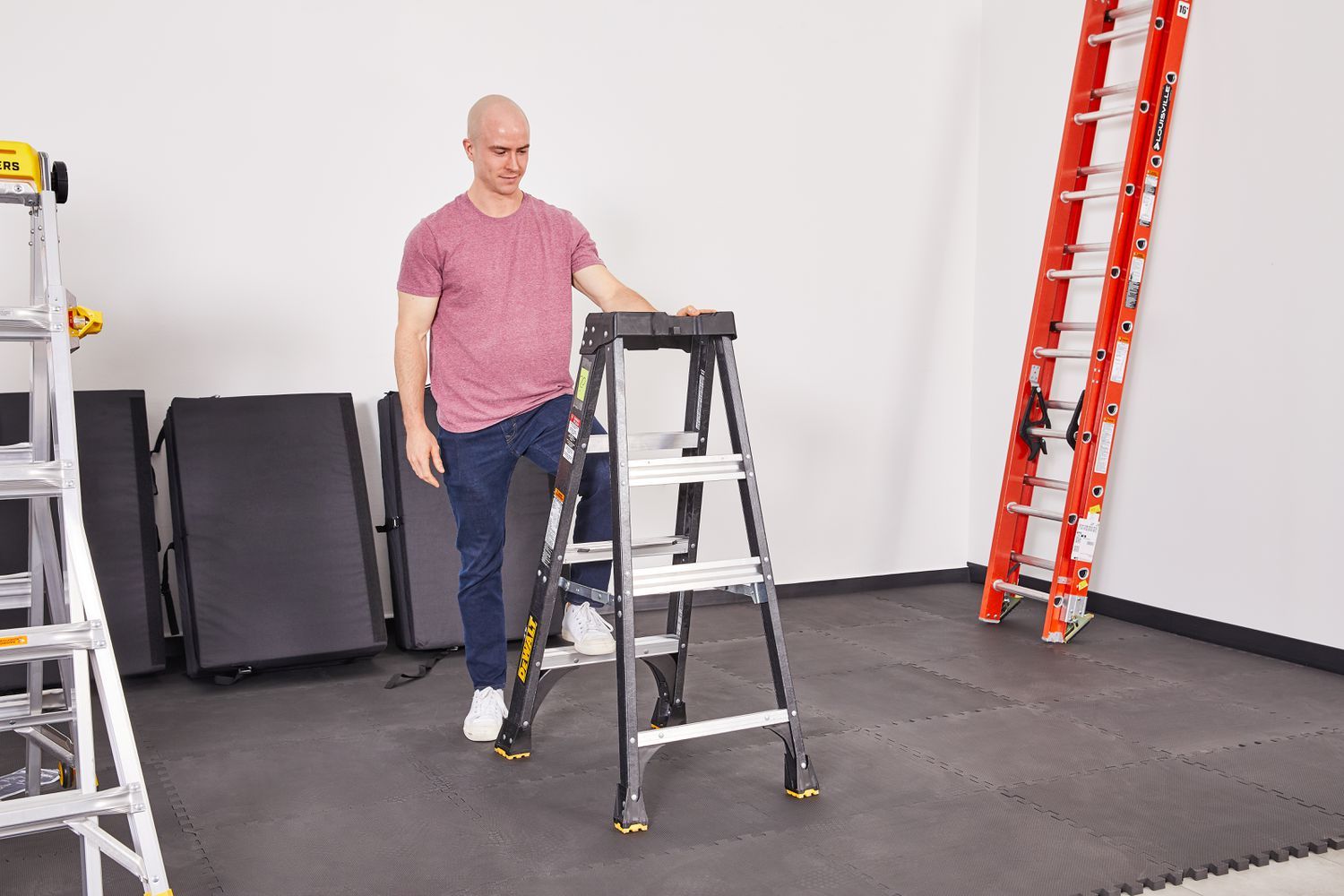

Articles
When Setting Up A Step Ladder At Least Three Legs Must Be Level
Modified: January 5, 2024
Proper setup of a step ladder requires ensuring that at least three legs are level. Read our informative articles for step ladder setup tips and guidelines.
(Many of the links in this article redirect to a specific reviewed product. Your purchase of these products through affiliate links helps to generate commission for Storables.com, at no extra cost. Learn more)
Introduction
When it comes to performing tasks at heights, step ladders are an invaluable tool. They provide stability and convenience, allowing us to reach higher places safely. However, many people overlook an essential aspect of using a step ladder – ensuring that at least three legs are level.
Leveling the legs of a step ladder is crucial for several reasons. It ensures the ladder’s stability and prevents it from wobbling or tipping over during use. Uneven legs can create an imbalance and increase the risk of accidents, resulting in serious injuries. By taking the time to properly level the ladder, you can significantly enhance your safety and productivity on the job.
In this article, we will explore the importance of leveling the legs of a step ladder and provide a step-by-step guide to help you do it correctly. We will also discuss common mistakes to avoid and the benefits of having three legs level on a step ladder.
So, whether you are a professional tradesperson or a DIY enthusiast, let’s delve into the world of step ladder setup and discover how to ensure a stable and secure foundation for your tasks.
Key Takeaways:
- Properly leveling the legs of a step ladder is crucial for stability, accident prevention, increased efficiency, durability, and peace of mind. It ensures a safe and secure foundation for tasks at heights.
- Avoid common mistakes when setting up a step ladder, such as overreaching, using an unstable surface, neglecting safety precautions, and rushing the setup process. Prioritize safety and take your time for a secure and stable ladder setup.
Read more: Leg Pain When Going Up Stairs
Importance of Leveling the Legs of a Step Ladder
Properly leveling the legs of a step ladder is of utmost importance for several reasons. Let’s take a closer look at why this step should never be overlooked.
1. Stability: Leveling the legs ensures that the ladder is stable and secure during use. When all three legs are evenly positioned, the ladder maintains its balance, reducing the risk of wobbling or tipping over. This stability is crucial for your safety, especially when working at higher heights.
2. Accident Prevention: An unlevel ladder can be extremely dangerous, as it increases the chances of accidents. If one leg is shorter than the others, it creates an imbalance that can lead to the ladder tipping or sliding. This can result in serious injuries, such as falls or collisions. By ensuring the ladder is level, you significantly minimize the risk of accidents occurring.
3. Increased Efficiency: Working on a secure and stable ladder allows you to perform tasks more efficiently. When the ladder is level, you can focus on your work without the constant worry of it shifting or shaking. This boosts your productivity, allowing you to complete tasks in a timely and accurate manner.
4. Durability: Uneven legs can place unnecessary strain on the ladder’s joints and connecting points. Over time, this can cause structural damage and compromise the ladder’s integrity. By leveling the legs, you distribute the weight evenly, ensuring longevity and durability.
5. Peace of Mind: Using a step ladder with leveled legs provides peace of mind. It allows you to concentrate on the task at hand, rather than worrying about your safety. By taking a few extra minutes to ensure all three legs are evenly positioned, you can work with confidence, knowing that you have taken the necessary steps to ensure your well-being.
Now that we understand the importance of leveling the legs of a step ladder, let’s explore the factors you need to consider when setting up your ladder in the next section.
Factors to Consider When Setting Up a Step Ladder
Properly setting up a step ladder involves considering several factors to ensure a safe and stable foundation. Here are some key factors to keep in mind:
1. Surface Condition: Before setting up your step ladder, assess the surface condition where you plan to use it. Make sure it is level, sturdy, and free from any obstacles or debris that could interfere with the ladder’s stability.
2. Weight Capacity: Every ladder has a maximum weight capacity. It is essential to check the manufacturer’s guidelines and ensure that the ladder can support your weight and the weight of any tools or materials you may be carrying while working.
3. Height: Consider the height you need to reach and choose a ladder that provides adequate height. Using a ladder that is too short may lead to unsafe working conditions, as you may be tempted to overreach. On the other hand, using a ladder that is too tall can cause instability due to an imbalanced center of gravity.
4. Ladder Angle: The angle at which you set up your step ladder is important for stability. The ladder should be set up at a 75-degree angle, which means that for every 4 feet of ladder height, the base should be positioned 1 foot away from the vertical surface it is leaning against.
5. Locking Mechanisms: Ensure that all locking mechanisms, such as spreader bars or braces, are in good working condition. These mechanisms play a vital role in maintaining the ladder’s stability during use.
6. Ground Conditions: If you are working outdoors, consider the ground conditions where you will set up the ladder. Avoid soft or uneven surfaces that can compromise the ladder’s stability. If needed, use a ladder stabilizer or consider placing the ladder on a stable surface, such as a sturdy wooden board or a piece of plywood.
7. Environment: Consider the environment in which you will be using the ladder. Avoid areas with high winds, slippery surfaces, or other hazardous conditions that can affect stability.
8. Safety Equipment: Always prioritize safety and use appropriate personal protective equipment (PPE), such as non-slip footwear and a safety harness if needed.
By taking these factors into account and following the recommended guidelines, you can ensure a safe and stable setup for your step ladder. In the next section, we will provide a step-by-step guide to properly leveling the legs of a step ladder.
Step-by-Step Guide to Properly Leveling the Legs of a Step Ladder
To ensure the stability and safety of your step ladder, it is crucial to properly level the legs. Follow these step-by-step instructions to achieve a secure setup:
Step 1: Choose a Suitable Location: Select a flat and even surface for your ladder setup. Remove any obstacles or debris that could interfere with the ladder’s stability.
Step 2: Inspect the Legs: Check the legs of the ladder for any damage or unevenness. Ensure that the feet are in good condition and free from dirt or debris that could compromise their grip.
Step 3: Extend the Ladder: Fully extend the ladder to its desired height, ensuring that all extension locks are properly engaged. The ladder should be straight and secure in its extended position.
Step 4: Place the Ladder: Position the ladder against the surface you intend to work on. Make sure the base is stable and rests securely on the ground.
Step 5: Adjust the Leg Length: Start by adjusting one leg to the desired height. Use the ladder’s adjustable leg extensions or a suitable support under the shorter leg to level it. Repeat this process for the other two legs, ensuring that each leg is at the same height.
Step 6: Check for Stability: Once all three legs are leveled, gently test the ladder to ensure it is stable. Apply light pressure to different sides and see if the ladder remains steady without wobbling or tipping.
Step 7: Recheck and Re-Level if Necessary: Double-check the legs to ensure they have maintained their leveled position. If any leg has shifted or slipped, readjust it until all three legs are at the same height.
Step 8: Secure the Ladder: If your ladder has additional locking mechanisms, such as braces or spreader bars, make sure they are properly engaged to provide extra stability and prevent accidental folding.
Step 9: Test Stability: Before ascending the ladder, perform a final stability check by applying slight pressure to different sides. Ensure that the ladder remains stable and balanced.
Step 10: Begin Your Task: Once you are confident the ladder is stable and secure, you can safely climb up and begin your work.
Remember, safety should always be the top priority when using a ladder. By following this step-by-step guide and ensuring the legs of your step ladder are properly leveled, you can significantly reduce the risk of accidents and work with increased confidence and peace of mind.
When setting up a step ladder, always ensure that at least three legs are in contact with the ground and are level to provide stability and prevent the ladder from tipping over.
Common Mistakes to Avoid When Setting Up a Step Ladder
When setting up a step ladder, it’s important to be aware of common mistakes that can compromise your safety and the stability of the ladder. By avoiding these mistakes, you can ensure a secure and stable foundation. Here are some common errors to watch out for:
1. Overreaching: One of the most common mistakes is overreaching while standing on the ladder. This can put you off balance and increase the risk of the ladder tipping over or causing a fall. Always position the ladder properly to avoid the need to overreach.
2. Using an Unstable Surface: Placing the ladder on an unstable surface, such as uneven ground or a wobbly base, can result in a loss of balance. Always choose a flat and stable surface for ladder setup, and if necessary, use stabilizers or stabilizing accessories.
3. Neglecting to Lock Extension Mechanisms: Failing to properly lock the extension mechanisms of the ladder can lead to the ladder collapsing unexpectedly. Always ensure that extension locks are fully engaged and secure before using the ladder.
4. Setting the Ladder at the Wrong Angle: The angle at which you set up the ladder is critical for stability. Setting it too steep or too shallow can impact its balance and make it more prone to tipping over. Follow the recommended 75-degree angle guideline for optimal stability.
5. Ignoring Weight Capacity: Every ladder has a maximum weight capacity that should not be exceeded. Overloading the ladder with excessive weight can compromise its stability and increase the risk of collapse. Always check the manufacturer’s guidelines and avoid exceeding the weight limit.
6. Using Damaged or Worn-Out Ladders: Using a ladder with damaged or worn-out components, such as broken rungs, loose hinges, or rusted parts, is extremely dangerous. Regularly inspect your ladder for any signs of damage and replace or repair it as needed.
7. Neglecting Safety Precautions: Safety precautions are essential when working on a ladder. Neglecting to use personal protective equipment, such as non-slip footwear or a safety harness, can increase the risk of accidents. Always prioritize your safety and follow recommended safety guidelines.
8. Rushing the Setup Process: Taking shortcuts or rushing through the ladder setup process can lead to mistakes and overlook critical safety measures. Always take your time to properly set up the ladder, ensuring all legs are leveled and all locking mechanisms are engaged.
By being aware of these common mistakes and actively avoiding them, you can greatly reduce the risk of accidents and create a safe working environment when using a step ladder.
Benefits of Having Three Legs Level on a Step Ladder
Ensuring that all three legs of a step ladder are level offers several benefits for both safety and functionality. Let’s explore the advantages of having leveled legs:
1. Enhanced Stability: When all three legs of a step ladder are level, it significantly improves the ladder’s stability. It eliminates any wobbling or rocking motion that can occur when the ladder is unbalanced. This stability is crucial, especially when working at higher heights where a stable ladder is vital for your safety.
2. Reduced Risk of Accidents: Leveled legs minimize the risk of ladder accidents. Uneven legs can lead to tipping or sliding, which can cause falls, collisions, or other accidents. By ensuring that all three legs are level and secure, you create a solid and safe foundation for your ladder setup.
3. Optimal Weight Distribution: When the legs are level, the weight of the ladder and the person using it is evenly distributed across all three legs. This balanced weight distribution prevents excess strain on any one leg and reduces the chances of the ladder collapsing.
4. Improved Comfort and Confidence: Working on a ladder with leveled legs provides a more comfortable and confident experience. You can focus on the task at hand without the constant worry of the ladder shifting or wobbling. This increased comfort and confidence allow you to work more efficiently and effectively.
5. Extended Ladder Lifespan: Uneven legs can put additional stress on certain parts of the ladder, leading to premature wear and tear. By leveling the legs, you distribute the weight evenly, preventing excessive strain on any specific part and consequently extending the ladder’s lifespan.
6. Better Stability for Tools and Materials: A ladder with leveled legs offers better stability not only for you but also for any tools or materials you may be using. When the ladder is secure and balanced, it reduces the risk of tools or materials falling off and causing potential hazards or damage.
7. Versatile Usage: Having three legs level on a step ladder opens up more possibilities for usage. It allows you to position the ladder in different locations and on various surfaces with confidence. Whether you’re indoors or outdoors, on even ground or an uneven surface, leveled legs ensure adaptability and versatility.
Overall, ensuring that all three legs of a step ladder are level is essential for safety, stability, and overall functionality. It provides a solid and secure base, reduces the risk of accidents, and enhances your confidence and productivity while using a ladder.
Conclusion
Properly leveling the legs of a step ladder is an essential step that should never be overlooked. It not only enhances your safety and stability but also improves your overall productivity and confidence while working at heights. By following the step-by-step guide and avoiding common mistakes, you can ensure a secure ladder setup.
Leveling the legs of a step ladder provides numerous benefits, including enhanced stability, reduced risk of accidents, optimal weight distribution, and improved comfort and confidence. It also extends the ladder’s lifespan and allows for versatile usage in various environments and surfaces.
Remember to consider factors such as surface condition, weight capacity, ladder angle, and locking mechanisms when setting up your ladder. Take the time to inspect the legs, adjust their length, and perform stability checks before ascending the ladder.
By making safety a priority and investing a little extra time into leveling the legs of your step ladder, you can create a solid and secure foundation, ensuring a safe and successful work experience at heights.
So, whether you are a professional tradesperson or a DIY enthusiast, always prioritize safety and follow the guidelines outlined in this article. With proper leg leveling, you can confidently tackle your tasks, knowing that you have taken the necessary steps to ensure your safety and stability.
Now, go ahead and set up your step ladder with at least three leveled legs, and enjoy the peace of mind and efficiency that comes with a stable foundation!
Frequently Asked Questions about When Setting Up A Step Ladder At Least Three Legs Must Be Level
Was this page helpful?
At Storables.com, we guarantee accurate and reliable information. Our content, validated by Expert Board Contributors, is crafted following stringent Editorial Policies. We're committed to providing you with well-researched, expert-backed insights for all your informational needs.
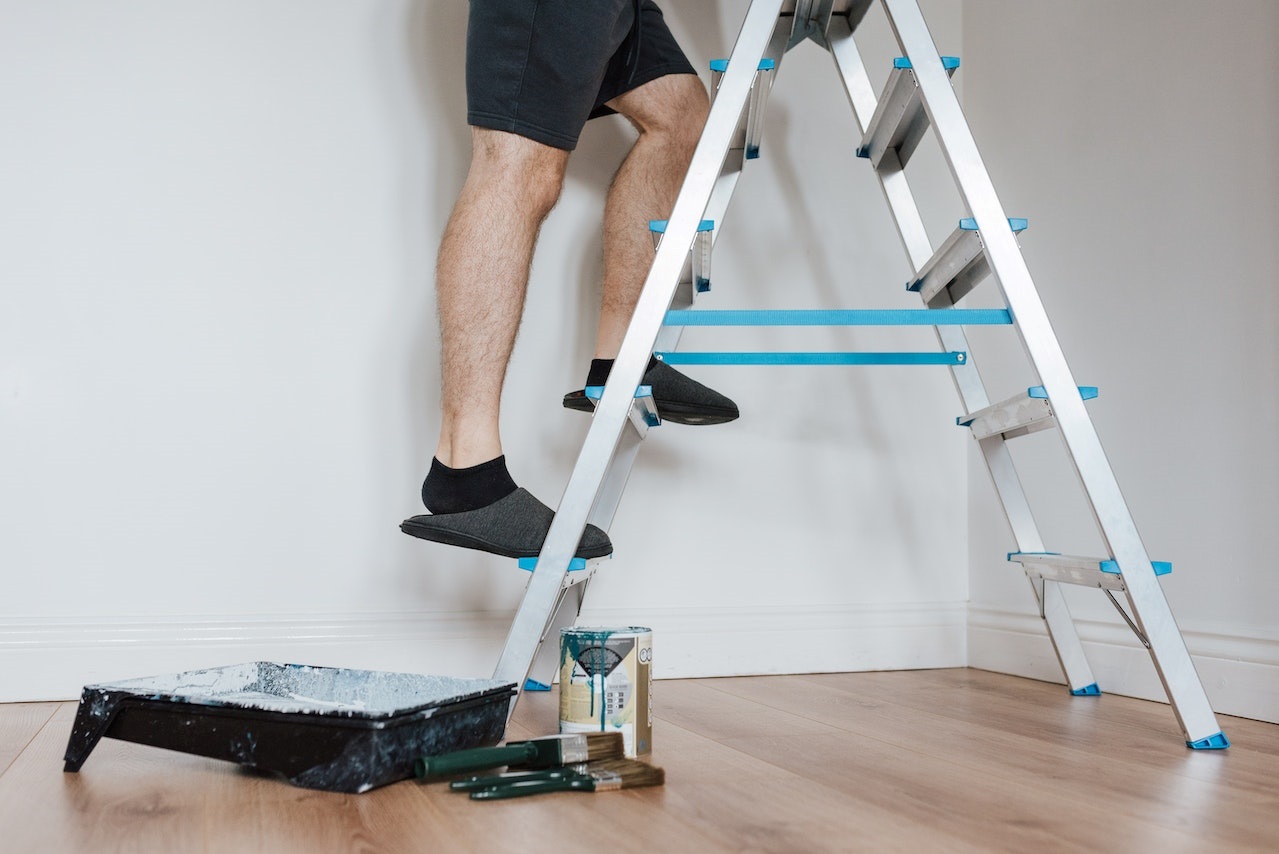
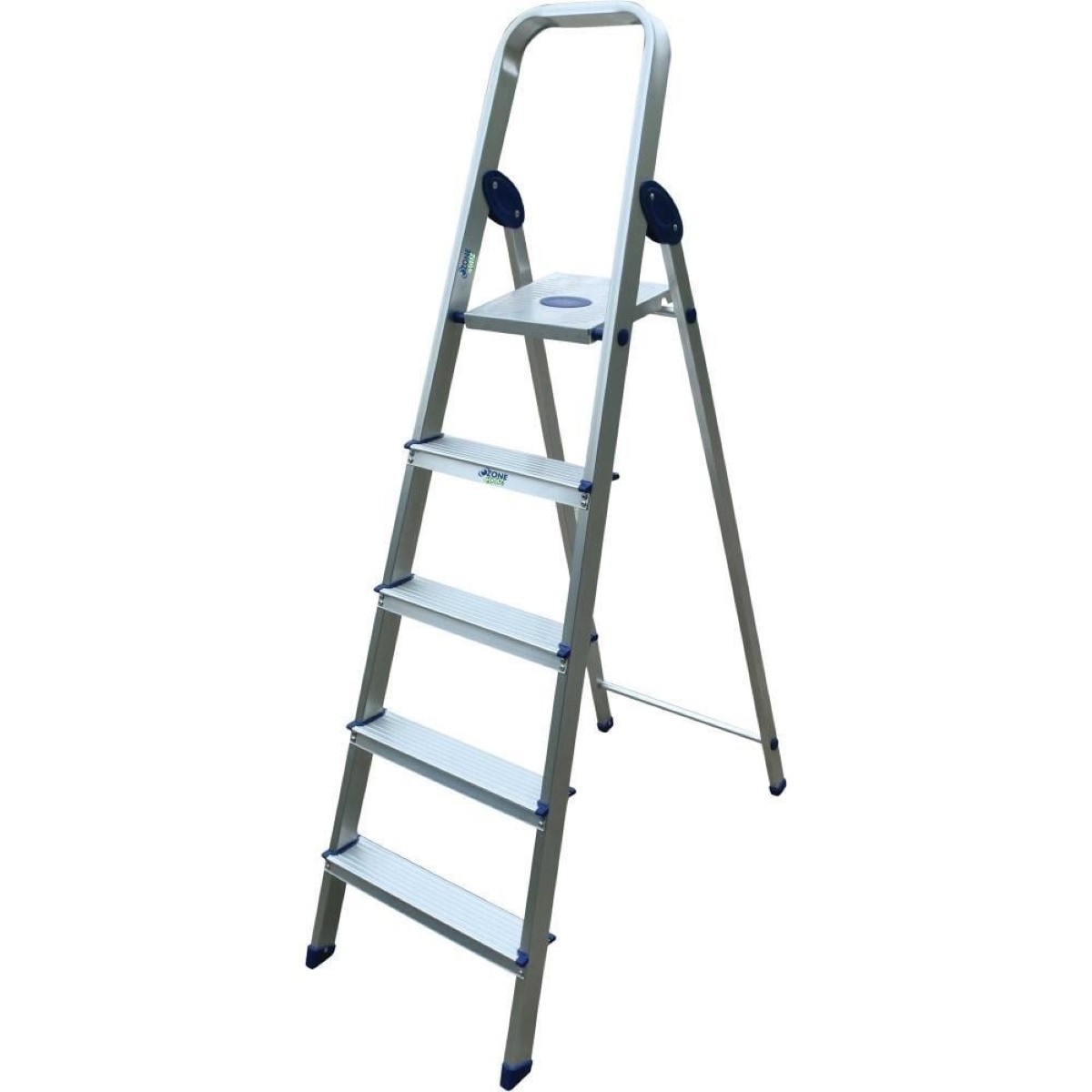
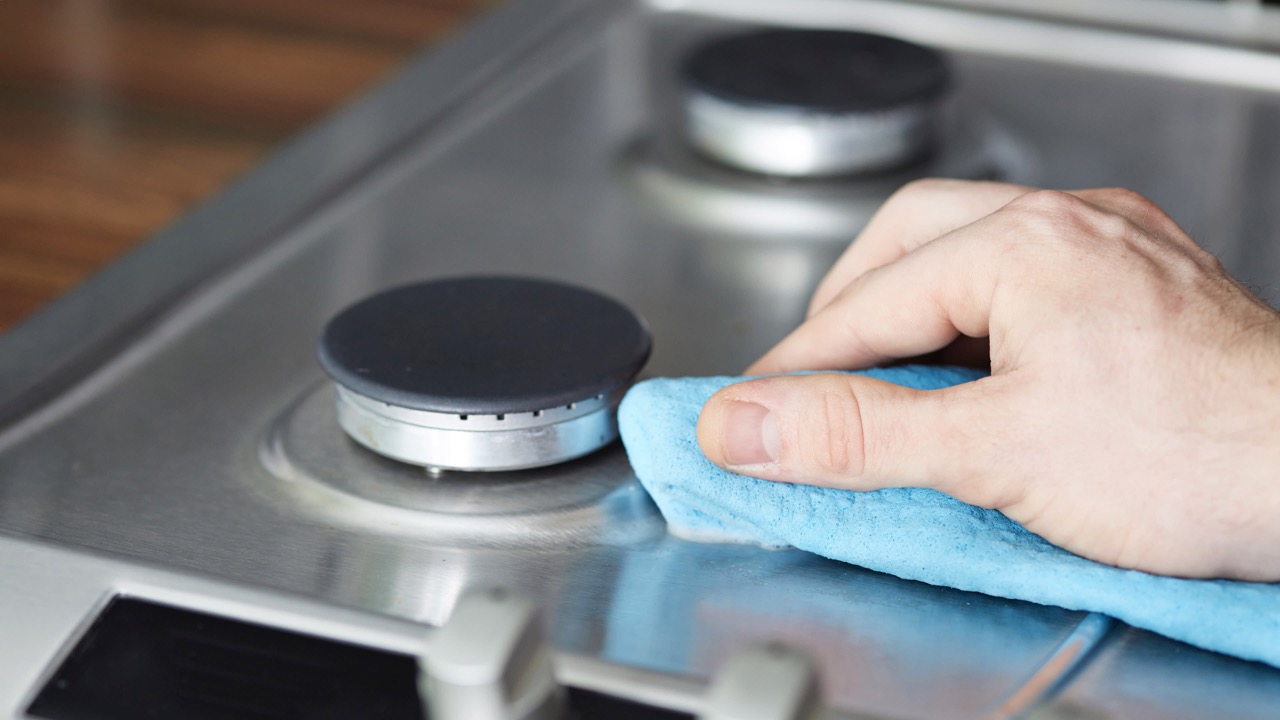



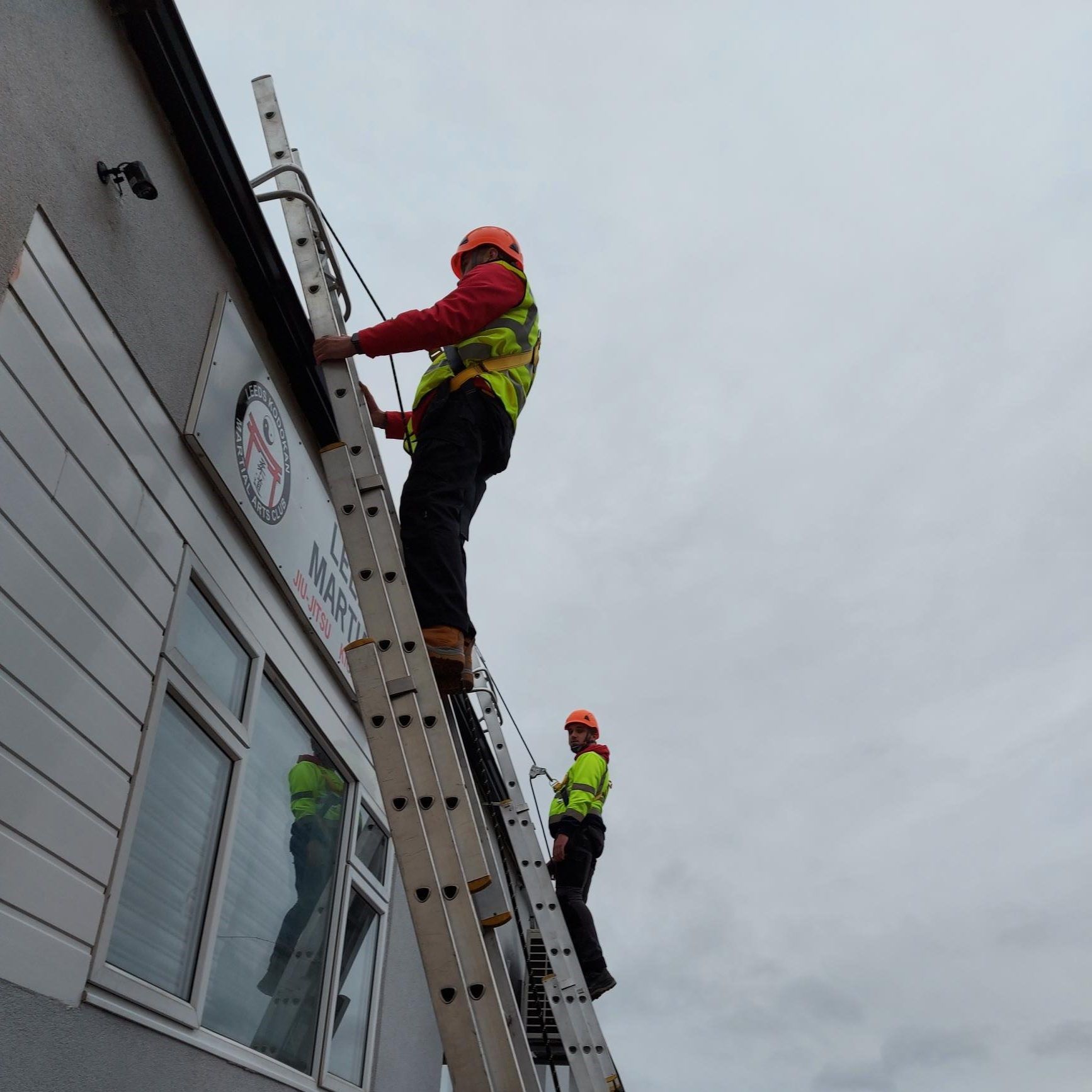
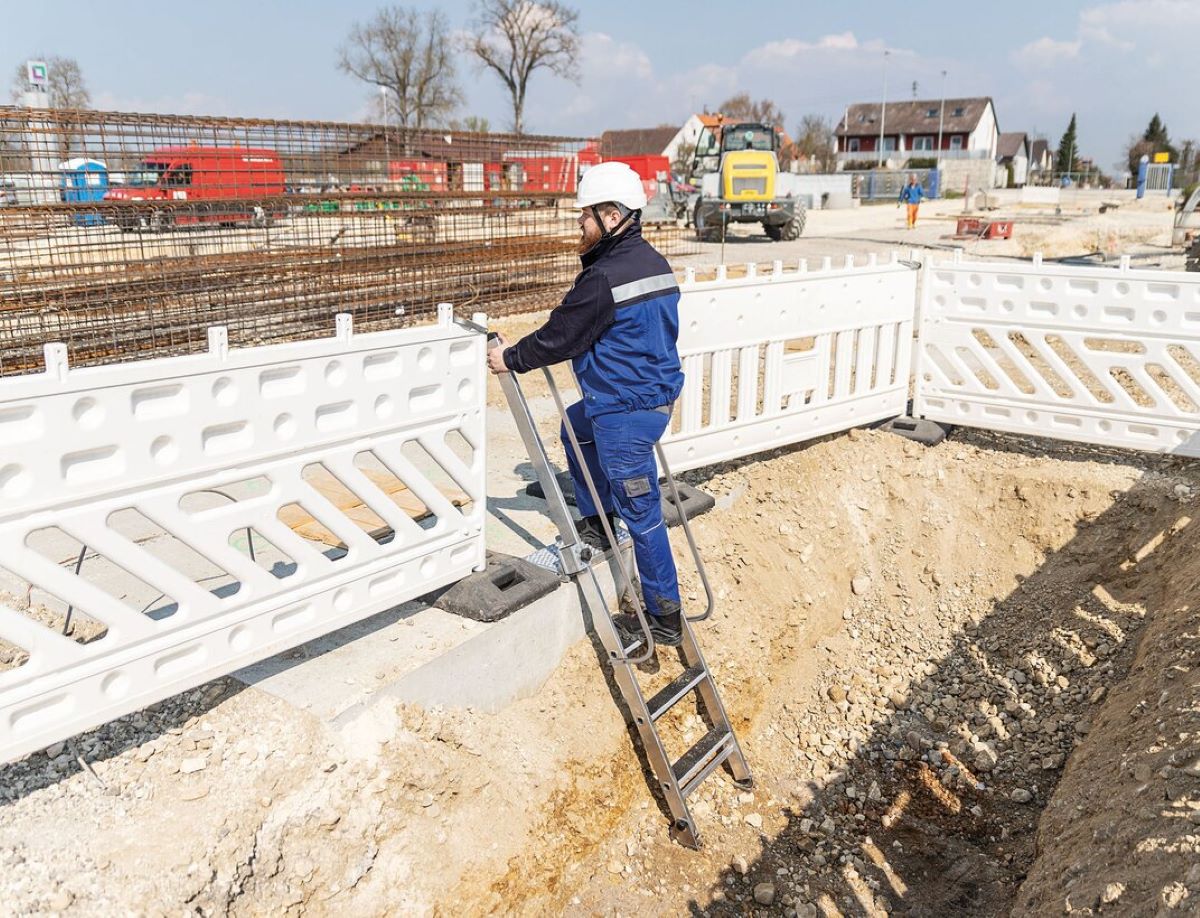
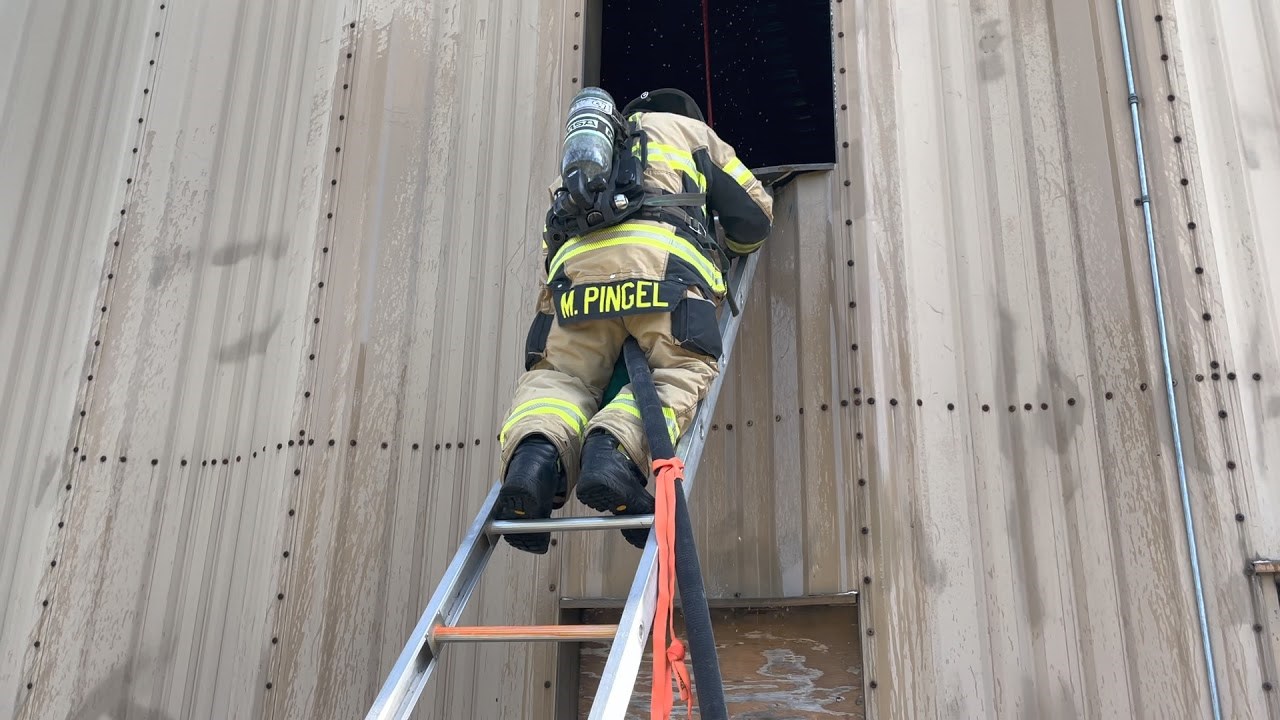
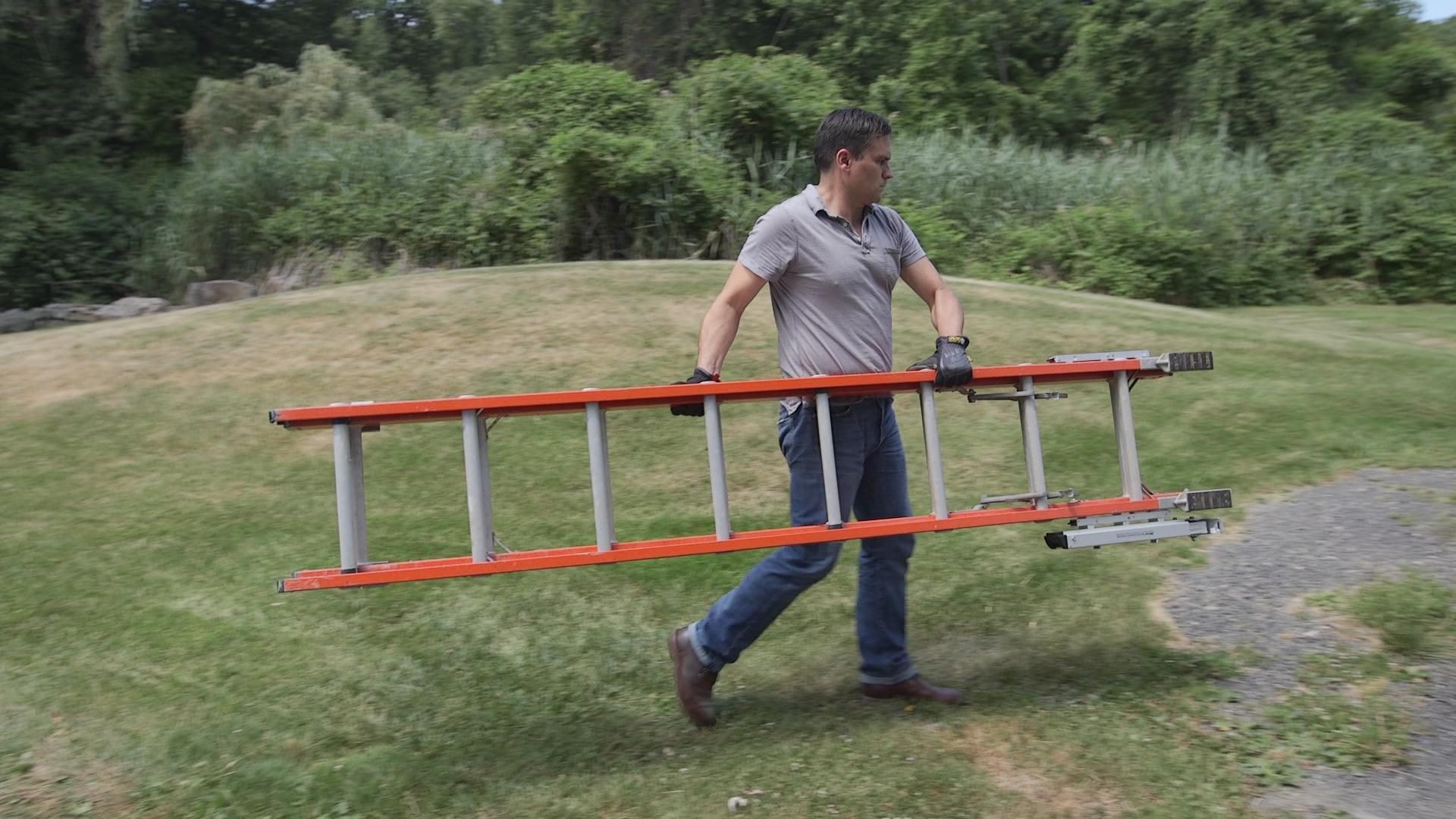
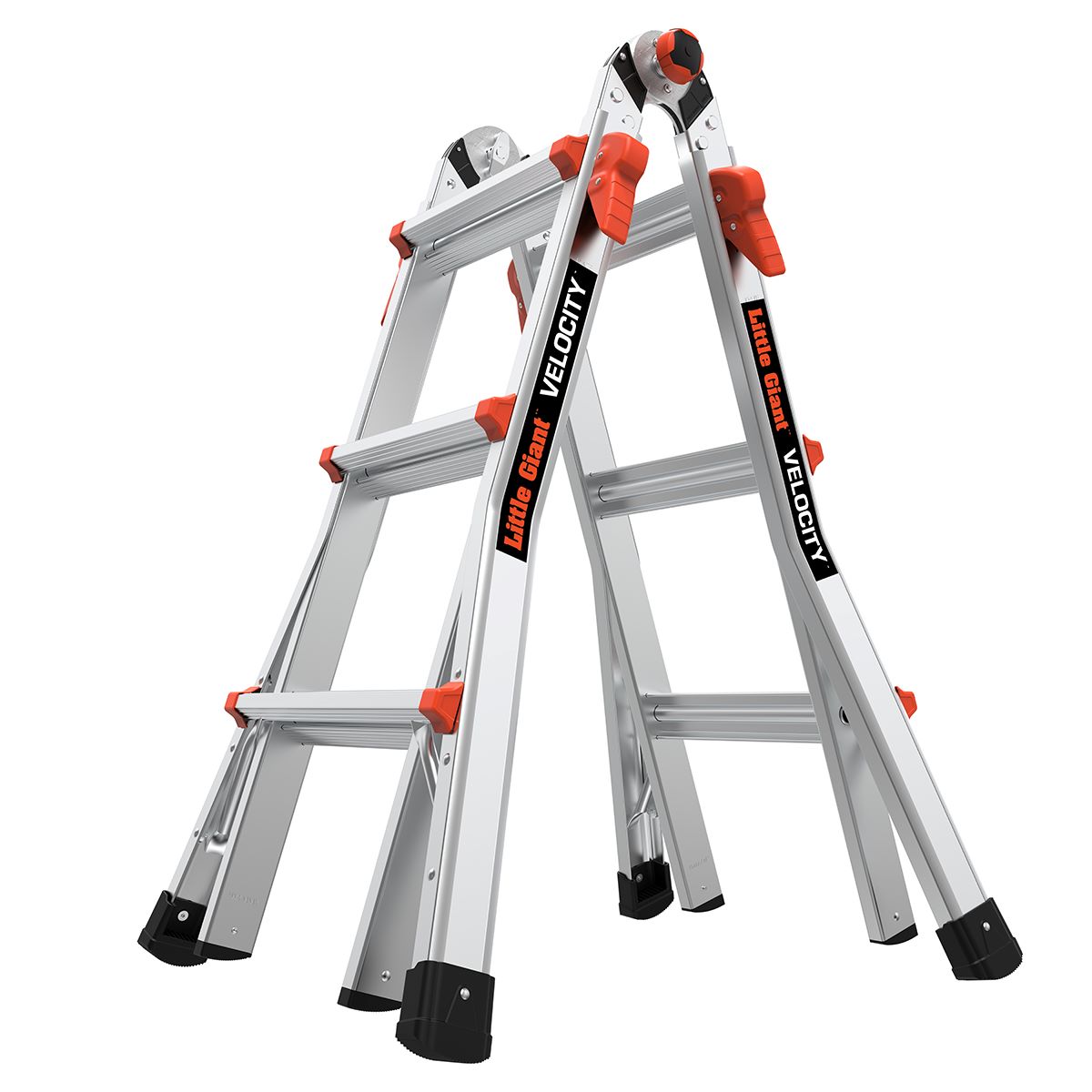
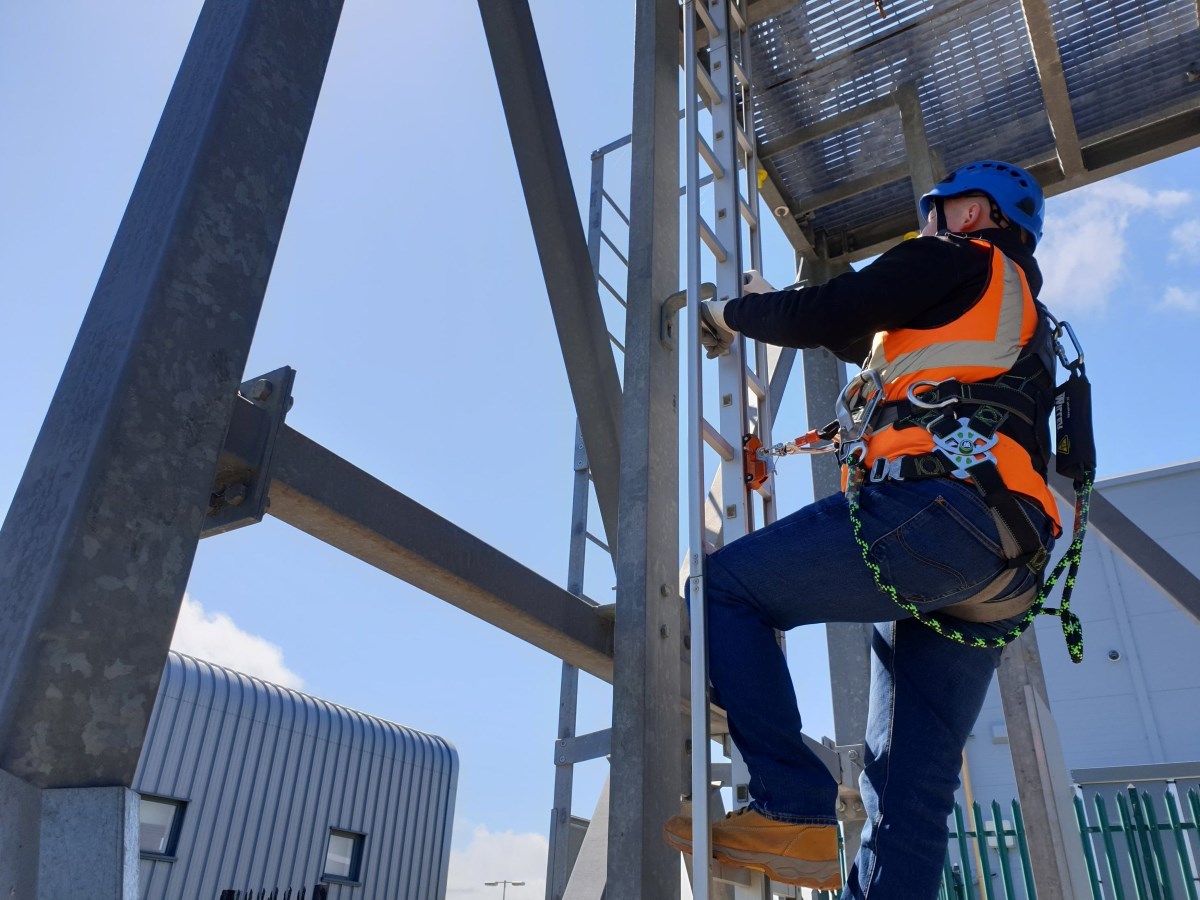
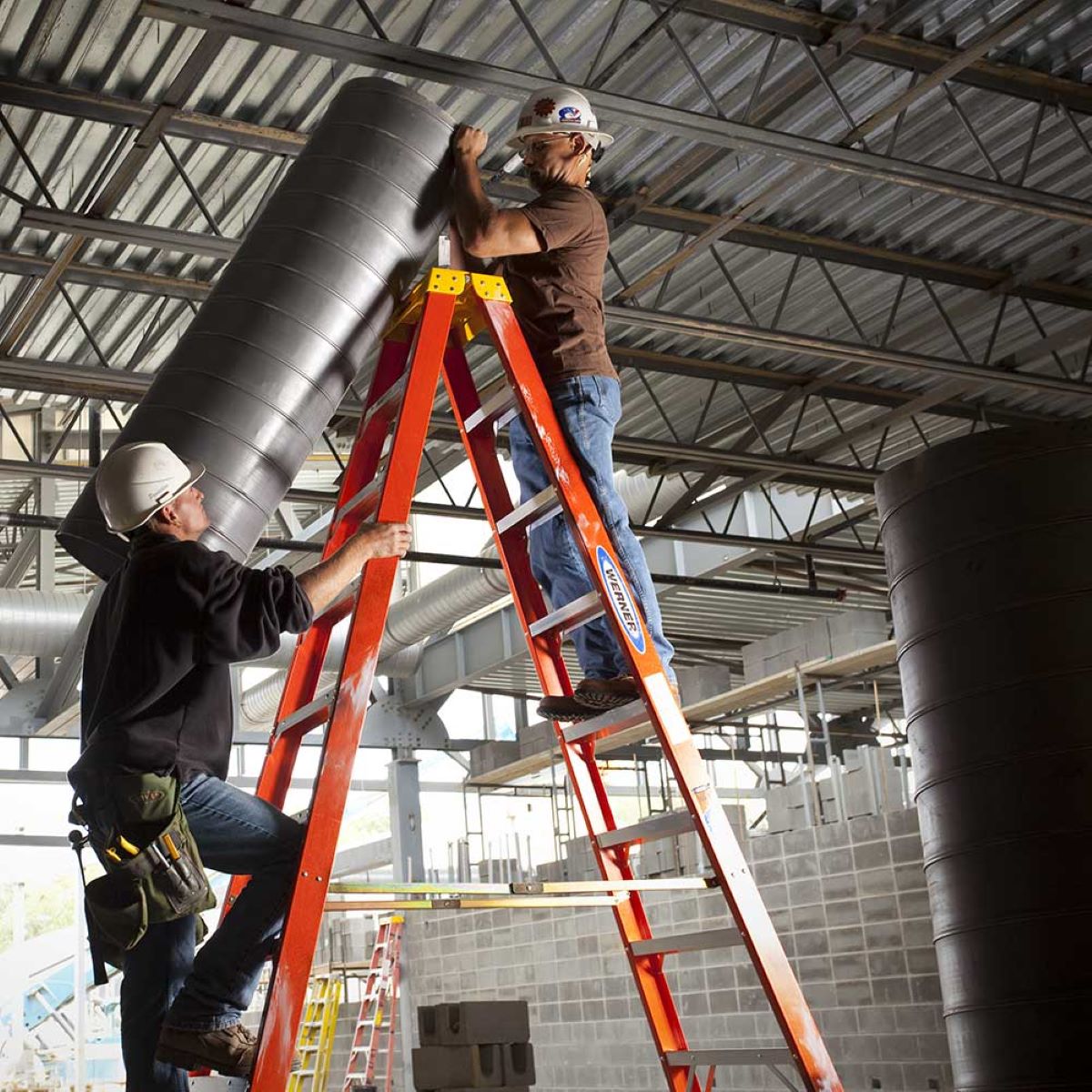


0 thoughts on “When Setting Up A Step Ladder At Least Three Legs Must Be Level”